Wait For the Beep - DTMF as Sex Toy Control
Dialing a phone usually mean calling someone or choosing options in an automated system. However, the sounds created for dialing provide a highly available system for sending signals a machine can understand.
Why not have sex using it?

DTMF, or Dual Tone Multi Frequency is a way of transmitting a pair of frequencies that allows them to be easily recognized by cheap, simple circuitry. While not an incredibly popular control form for sex toys, there have been a few toys that have harnessed it to allow for interaction between any two parties with access to a phone line. We'll be looking at three of those toys: The Televibe, The Symphony, and the Asterisqué.
Lady Calston Televibe
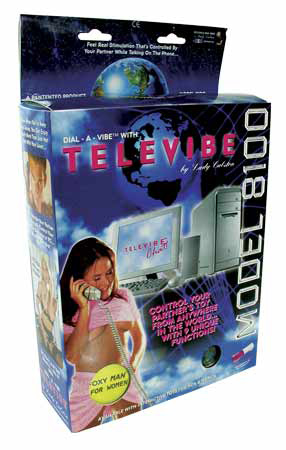
The Televibe, by Lady Calston, is one of the earliest DTMF controllable toys. The copyright on the box says 2003, but it could be older than that for all I know. While still available at a few stores today, it's mostly out of production.
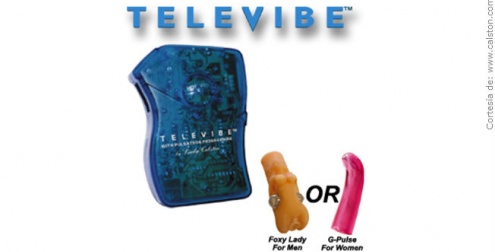
The televibe is a small blue plastic box that hooks to a phone receiver, and then to the base. It intercepts the audio going down the line, and waits for a DTMF event to trigger vibrations. As one person dials, the vibrator hooked to the box changes speed and patterns.
Needless to say, having this many wires does make usage a bit unwieldy. Also, you may have to clean off your phone after use. This is all assuming you still even have a phone that takes an RJ-11 connection available.
The Model 8100 Televibe also came with a RS-232 Serial port adapter for computer teledildonics usage. I've never actually found the controls software for it, though.
The Televibe is covered under Patent 6028531, which is a patent specifically about vibration control using mobile signaling.
The Symphony
The Symphony has been mentioned here on Slashdong before, in an introduction to teledildonics article I wrote in 2005 (back when I was still being introduced to teledildonics).
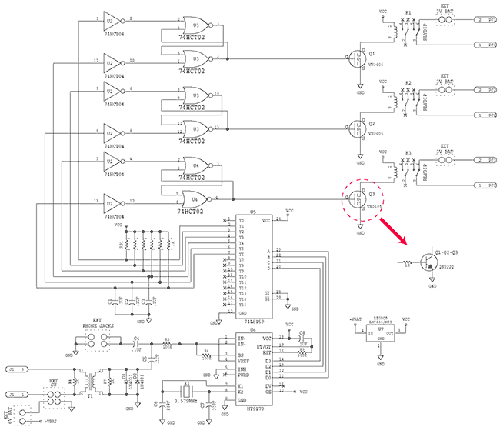
In its later forms, the Symphony was a computer controllable toy, but before it went all internety, the Symphony was actually DTMF controllable. Its inventor, Franklin Veaux, actually has a nice article on OKCupid explaining the internal circuitry of the first version.
There's not a lot to be said about the Symphony's usage that I haven't already explained via the Televibe. Also, I actually have a Televibe, where I never did get my hands on a Symphony. However, I wanted to cover it since Franklin was awesome enough to open source the schematics and post the explanation of how it worked.
The Asterisqué
Fast forward to more modern times. In May 2013, at the ITP Student show, Kang-Ting Peng had the Asterisqué project on display.
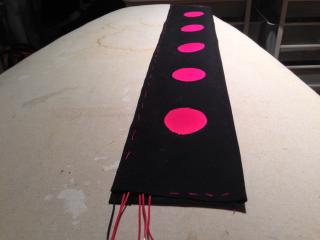
Instead of going for the bullet vibrator setups that most mainstream toys have (like, say, the weird full body sleeve that comes with the men's version of the Televibe), the Asterisqué uses multiple wearable systems, like a flexible fabric strip with multiple vibrators sewn into it, or a shirt. This gives it similar functionality to the Durex Fundawear, of being able to use the hardware on different parts of the body for foreplay as well as direct genital stimulation.
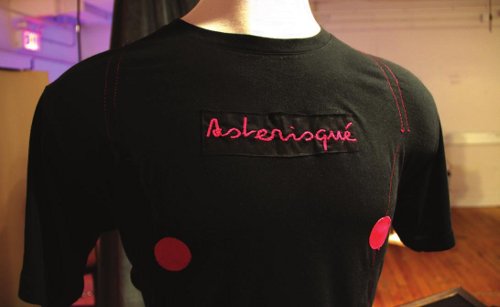
Asterisqué shares its name with the Asterisk project, an open source PBX that allows for developers to write software that can interact with phone systems. It uses the Asterisk system to route the DTMF information to control the vibrators in the different form factors.
Due to the ubiquity of internet protocols, we may be nearing the end of DTMF interfaces in the mainstream consumer market. But while we've still got the ability to dial, might as well do something dirty with it. Not to mention, when the design lust for skeuomorphism, DTMF control may be an antiques fetish of its own one day.

